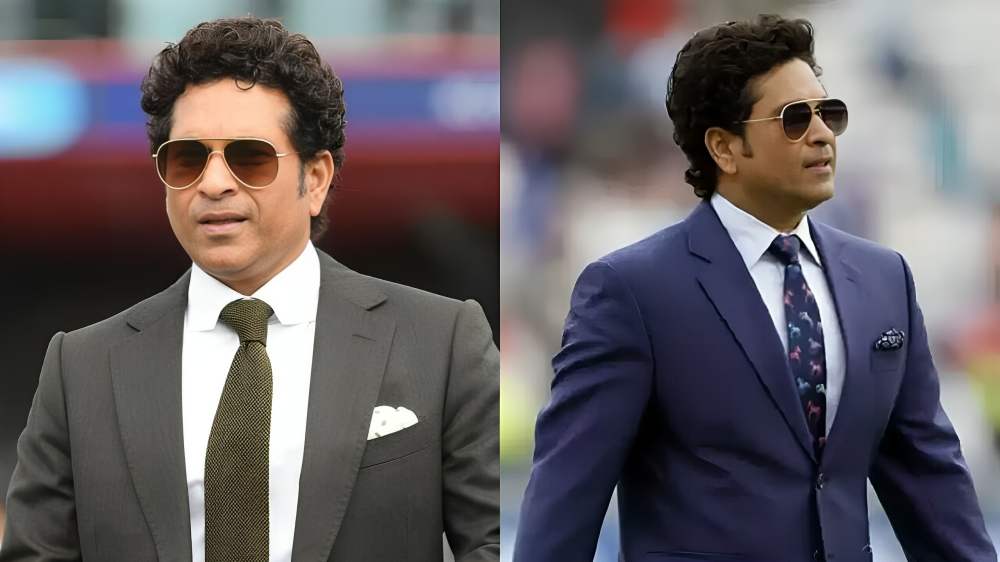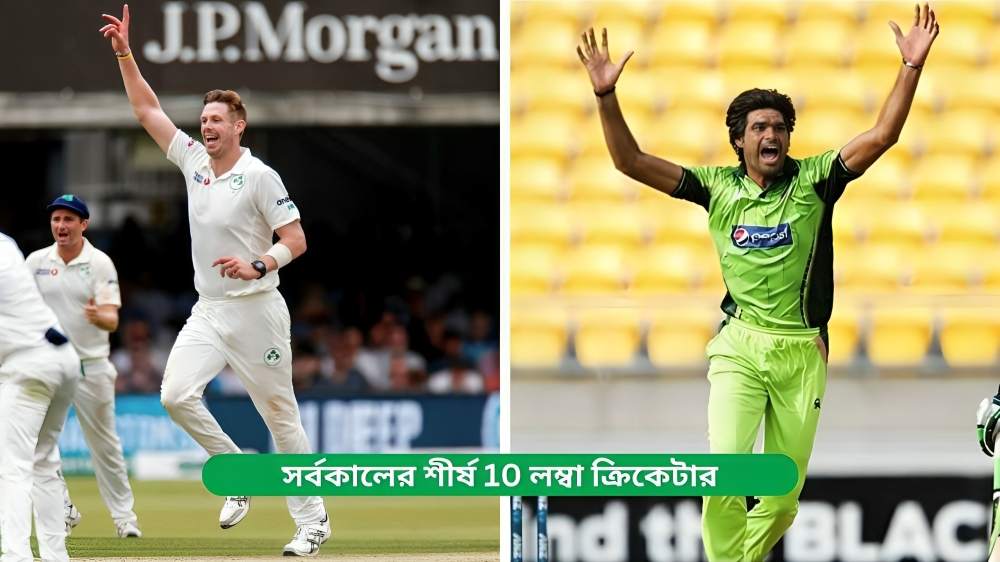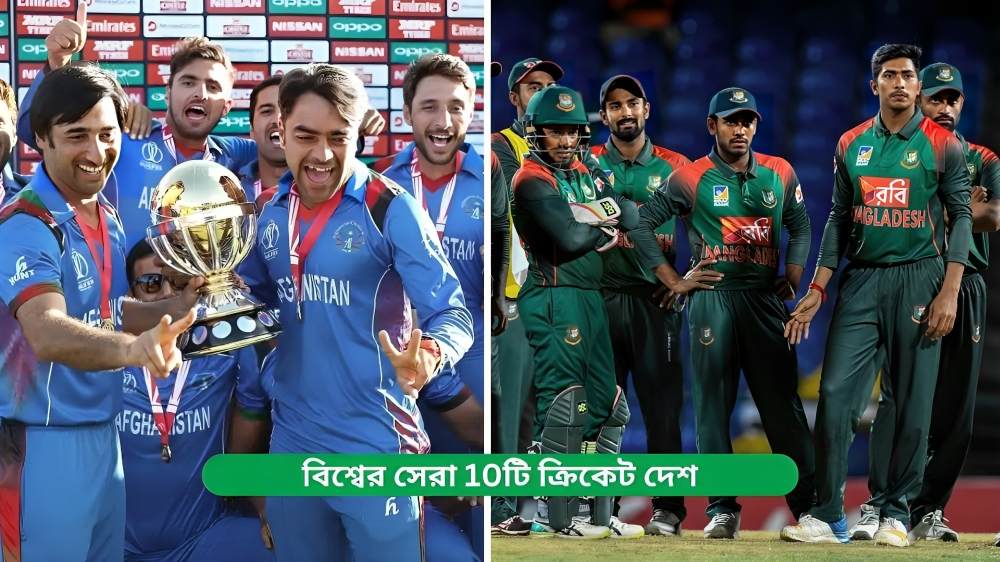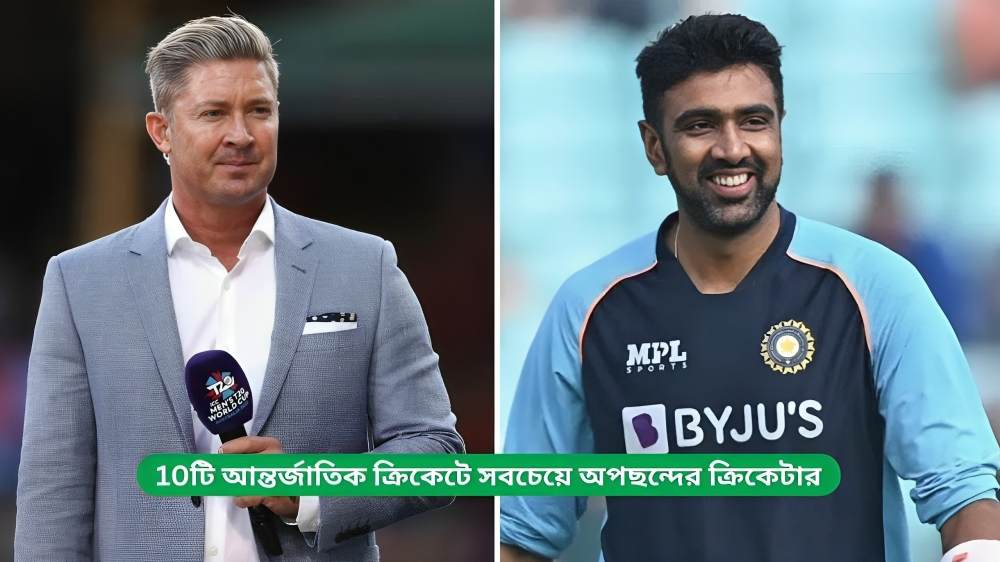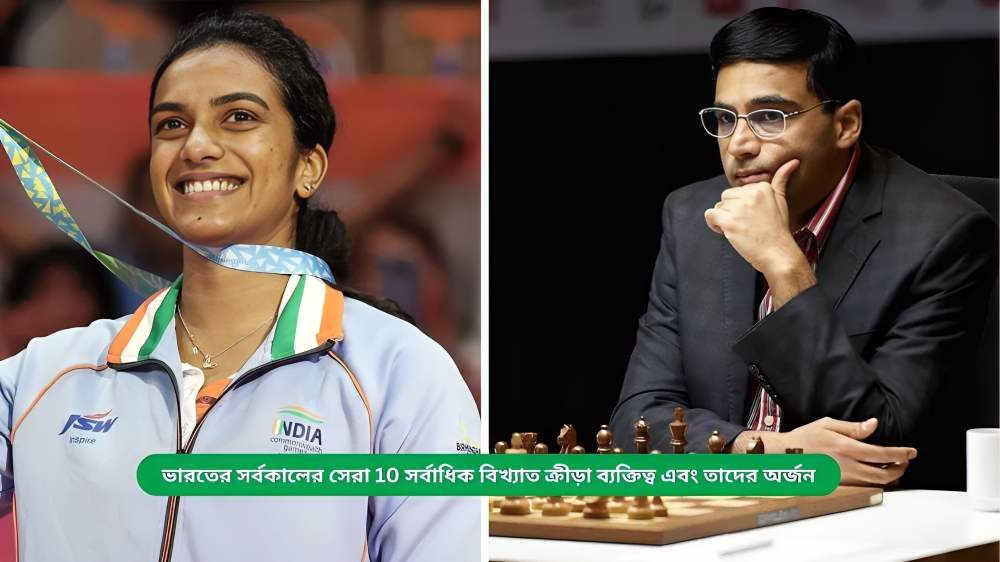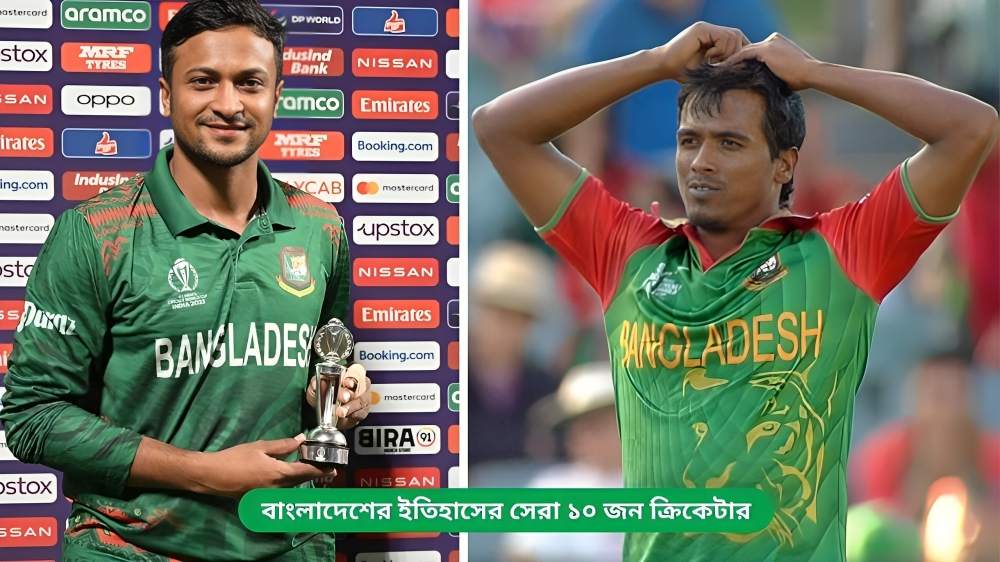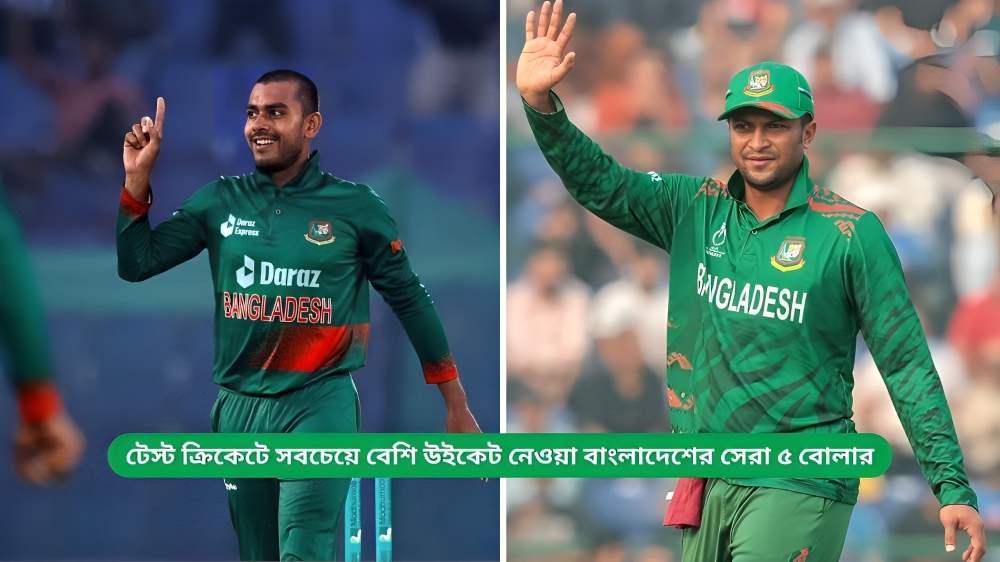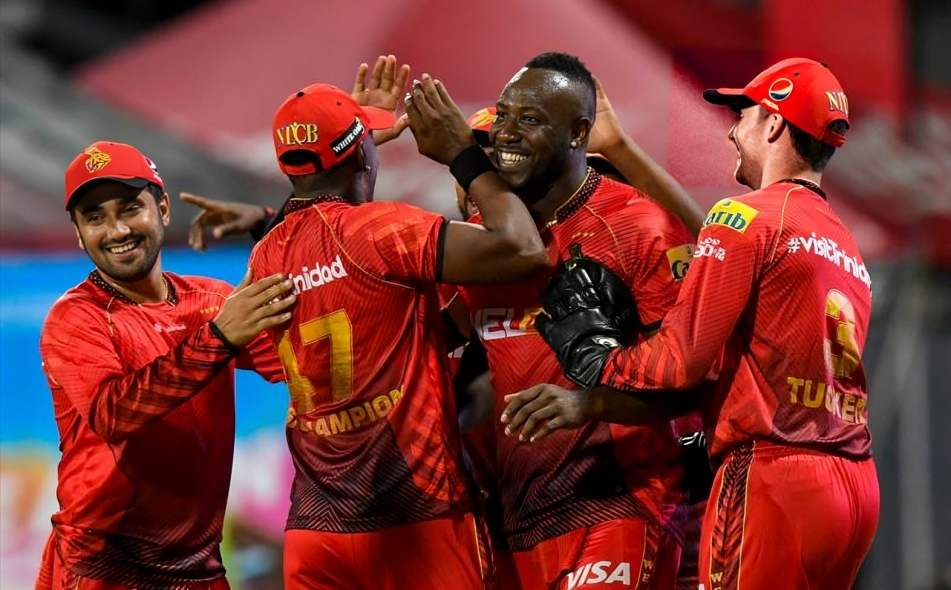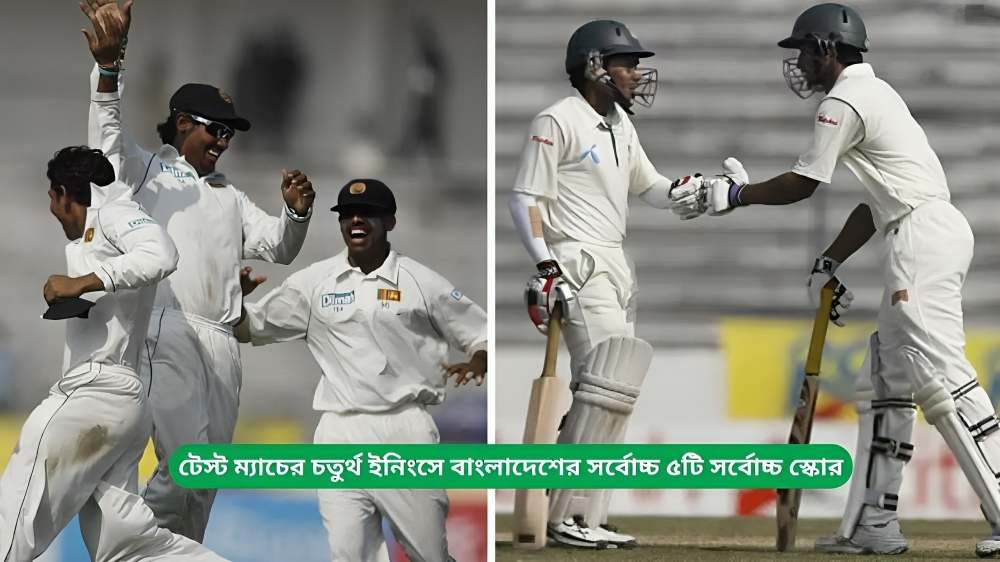Cricketers Who Played for Multiple Countries: Cricket, often regarded as a global sport, has produced numerous players who have showcased their talent across national boundaries. While the majority of cricketers represent a single country throughout their careers, several exceptional athletes have had the unique opportunity to don different national colours. This phenomenon often arises from factors such as changes in nationality, migration, and the emergence of associate nations. Here, we explore some notable cricketers who have played for multiple countries.
Cricketers Who Played for Multiple Countries:
1. Ed Joyce

Ed Joyce is an iconic figure in the realm of international cricket, having represented both Ireland and England. Born in Dublin, Joyce initially made a name for himself in Irish cricket, becoming a key player for the national side. His performances helped Ireland secure a spot in the 2007 ICC Cricket World Cup, where they famously defeated Pakistan. Joyce’s talent caught the attention of English selectors, and he was subsequently invited to play for England, making his debut in 2006. He played in several One Day Internationals (ODIs) and T20 matches for England before returning to Ireland in 2014, where he continued to contribute significantly to Irish cricket.
Batting & Fielding
| Format | Mat | Inns | NO | Runs | HS |
|---|---|---|---|---|---|
| Tests | 1 | 2 | 0 | 47 | 43 |
| ODIs | 78 | 77 | 8 | 2622 | 160* |
| T20Is | 18 | 15 | 3 | 405 | 78* |
| FC | 255 | 419 | 34 | 18461 | 250 |
| List A | 311 | 296 | 32 | 10267 | 160* |
| T20s | 91 | 85 | 13 | 1453 | 78* |
2. Kane Williamson

Kane Williamson, the esteemed captain of the New Zealand cricket team, has an interesting story related to his origins. Although primarily known for his achievements with New Zealand, he was born in a cricketing family with strong ties to the Indian subcontinent. His dual heritage has sparked discussions about the potential for cricketers to play for multiple nations, especially in a world where eligibility rules are evolving. While Williamson has always represented New Zealand, his background highlights the complexities of nationality in international sports.
Batting & Fielding
| Format | Mat | Inns | NO | Runs | HS |
|---|---|---|---|---|---|
| Tests | 102 | 180 | 17 | 8881 | 251 |
| ODIs | 165 | 157 | 17 | 6810 | 148 |
| T20Is | 93 | 90 | 13 | 2575 | 95 |
| FC | 170 | 293 | 24 | 13692 | 284* |
| List A | 227 | 215 | 25 | 8974 | 148 |
| T20s | 254 | 243 | 39 | 6442 | 101* |
3. Mohammad Nabi

Afghanistan’s Mohammad Nabi is another remarkable cricketer with a diverse international career. Initially, Nabi was part of the Afghan national team as they rose through the ranks of associate nations. He showcased his skills in various formats and became a linchpin in Afghanistan’s journey to Test status. However, his journey did not stop there; he also played in numerous domestic leagues around the world, representing franchises in countries like India, Pakistan, and the Caribbean. Though he has consistently played for Afghanistan, his experience in various leagues underlines the modern trend of players becoming global citizens in the cricketing world.
Batting & Fielding
| Format | Mat | Inns | NO | Runs | HS |
|---|---|---|---|---|---|
| Tests | 3 | 6 | 0 | 33 | 24 |
| ODIs | 164 | 144 | 15 | 3465 | 136 |
| T20Is | 129 | 121 | 24 | 2165 | 89 |
| FC | 35 | 57 | 4 | 1284 | 117 |
| List A | 199 | 177 | 18 | 4469 | 146 |
| T20s | 417 | 353 | 68 | 5996 | 89 |
4. Imran Tahir
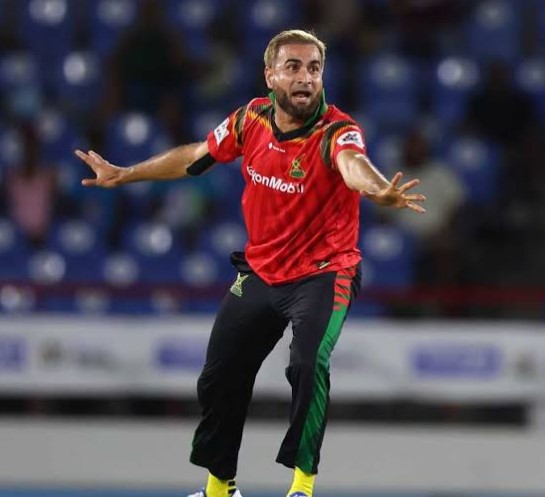
Imran Tahir’s journey to international cricket is a fascinating one. Born in Lahore, Pakistan, Tahir initially represented Pakistan at the domestic level and played for their under-19 side. However, he faced stiff competition and ultimately moved to South Africa, where he earned citizenship. He made his debut for the South African national team in 2011 and quickly established himself as a leading spinner. Tahir’s unique background highlights the pathways available for cricketers to pursue their dreams, regardless of where they start.
Bowling
| Format | Mat | Inns | Balls | Runs | Wkts |
|---|---|---|---|---|---|
| Tests | 20 | 37 | 3925 | 2294 | 57 |
| ODIs | 107 | 104 | 5541 | 4297 | 173 |
| T20Is | 38 | 38 | 845 | 948 | 63 |
| FC | 194 | – | 38291 | 20882 | 784 |
| List A | 239 | – | 11434 | 8860 | 369 |
| T20s | 416 | 399 | 8873 | 10344 | 518 |
5. Basil D’Oliveira

Basil D’Oliveira’s story is a poignant reminder of the intersection between sports and politics. Born in Cape Town, South Africa, he moved to England during the apartheid era. Despite facing significant challenges, D’Oliveira made a name for himself in English county cricket and was eventually selected for the England national team. His performances in the 1960s and 70s were groundbreaking, and he played a vital role in bridging the gap between cricket and social change. His journey from South Africa to England underscores the historical complexities of nationality in sports.
Batting & Fielding
| Format | Mat | Inns | NO | Runs | HS |
|---|---|---|---|---|---|
| Tests | 44 | 70 | 8 | 2484 | 158 |
| ODIs | 4 | 4 | 1 | 30 | 17 |
| FC | 367 | 575 | 91 | 19490 | 227 |
| List A | 187 | 171 | 20 | 3770 | 102 |
The phenomenon of cricketers representing multiple countries enriches the sport and illustrates the fluidity of national identity in an increasingly interconnected world. While players like Ed Joyce and Imran Tahir have formally represented more than one nation, others exemplify the global nature of cricket through their participation in various leagues. As cricket continues to evolve, it is likely that we will see more cricketers navigate the complexities of national representation, further enhancing the tapestry of this beloved sport.


